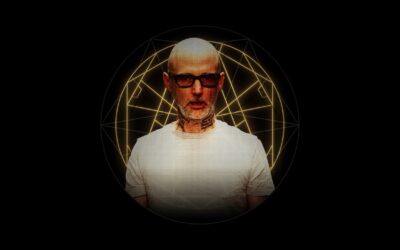The Birth of Electronic Dance Music: A Journey Back in Time

The Early Influences
The origins of electronic dance music can be traced back to the mid-20th century when musicians and inventors began experimenting with electronic instruments and recording technologies. These early pioneers laid the foundation for what would eventually become EDM.
Musique Concrète
In the 1940s and 1950s, French composer Pierre Schaeffer introduced the concept of “musique concrète,” which involved manipulating recorded sounds to create new compositions. This groundbreaking approach to music laid the groundwork for future electronic music experimentation.
The Theremin
In 1920, Russian inventor Leon Theremin created the Theremin, one of the first electronic musical instruments. It generated sound through the motion of the player’s hands in proximity to two antennae. Although not initially associated with dance music, the Theremin’s electronic sounds would later influence the genre.
The Emergence of Synthesizers

The Rise of Disco
The Birth of House and Techno
The 1980s marked the birth of two of the most influential electronic dance music subgenres: house and techno.
Techno: In Detroit, a group of young producers and DJs, including Juan Atkins, Derrick May, and Kevin Saunderson, developed techno music. Techno was known for its futuristic soundscapes and often featured minimalistic, repetitive rhythms. Tracks like “Strings of Life” by Derrick May became anthems of the genre.
The Rave Culture
The 1990s: A Decade of Evolution
The Global Phenomenon




